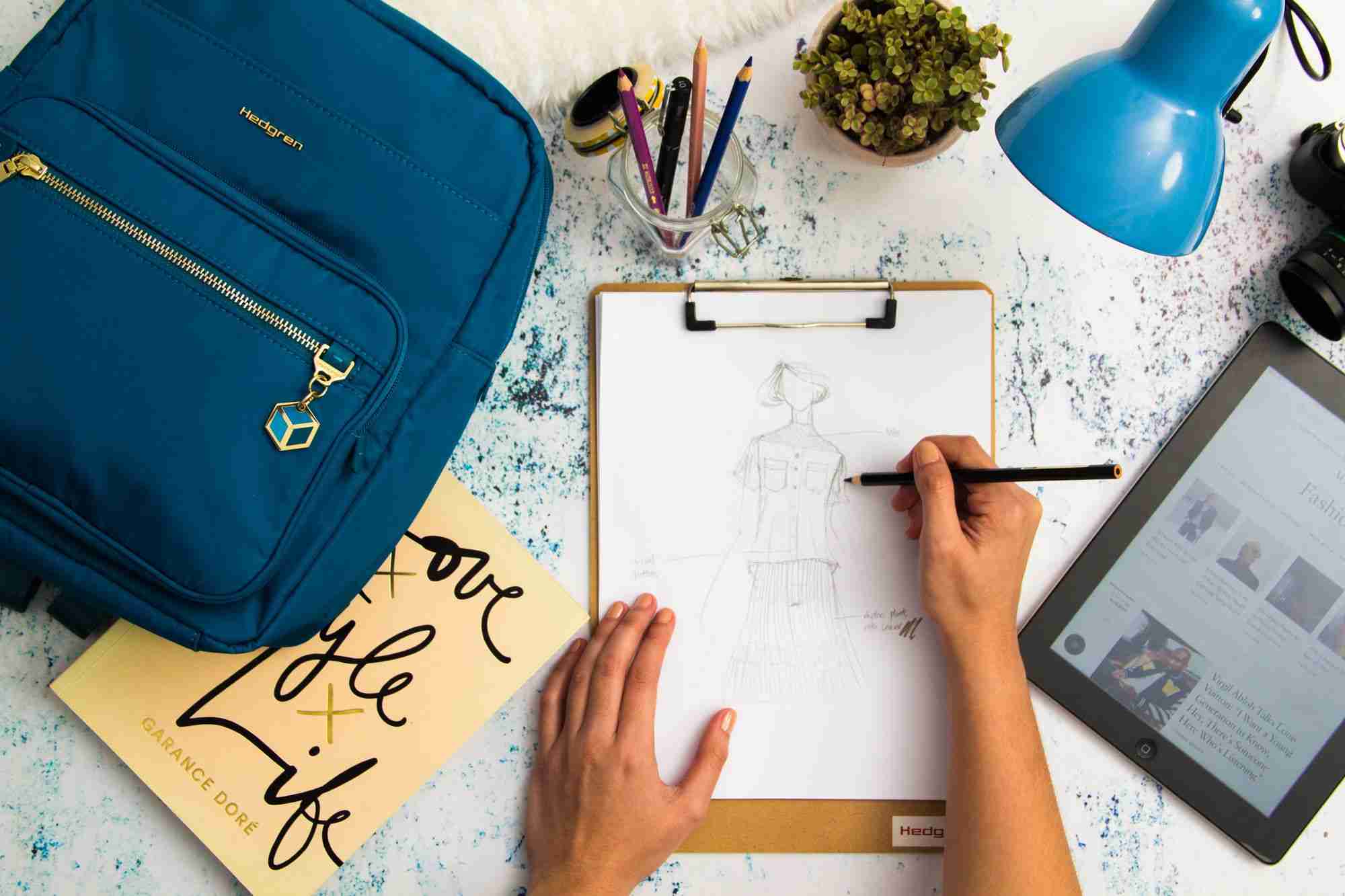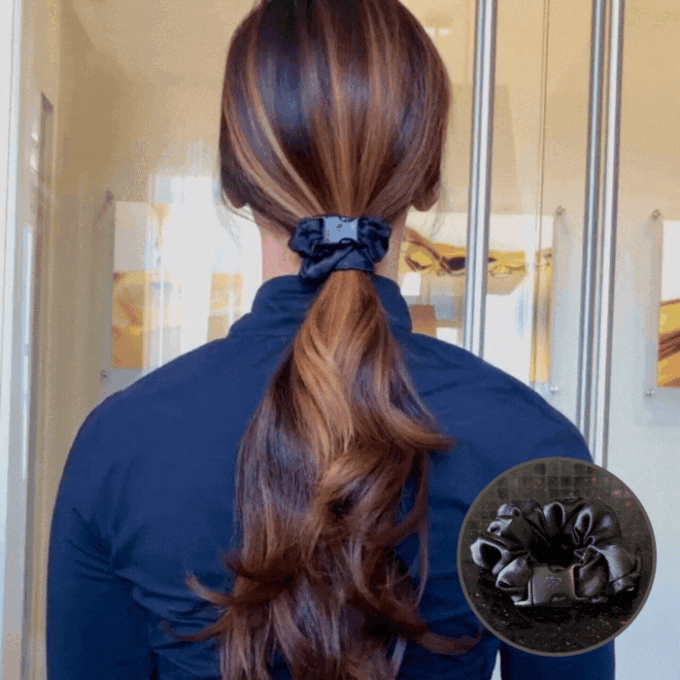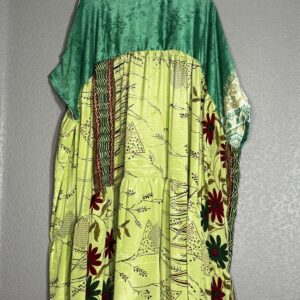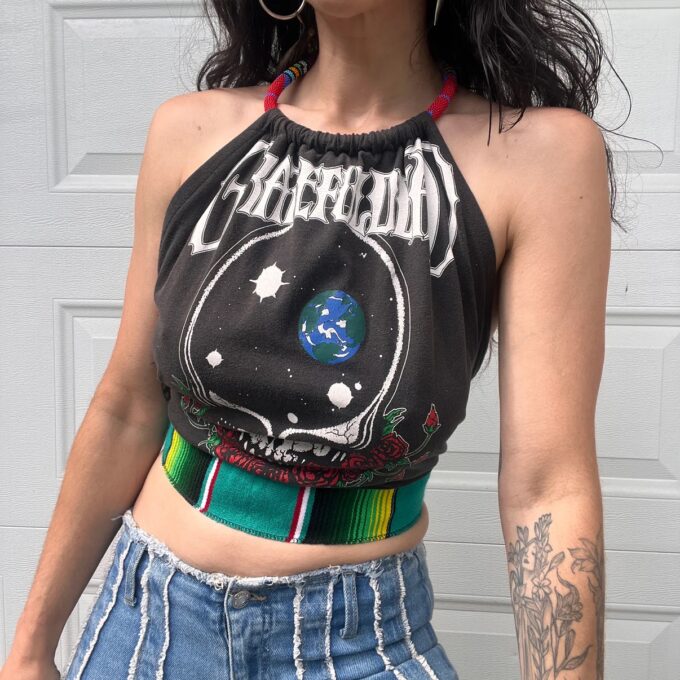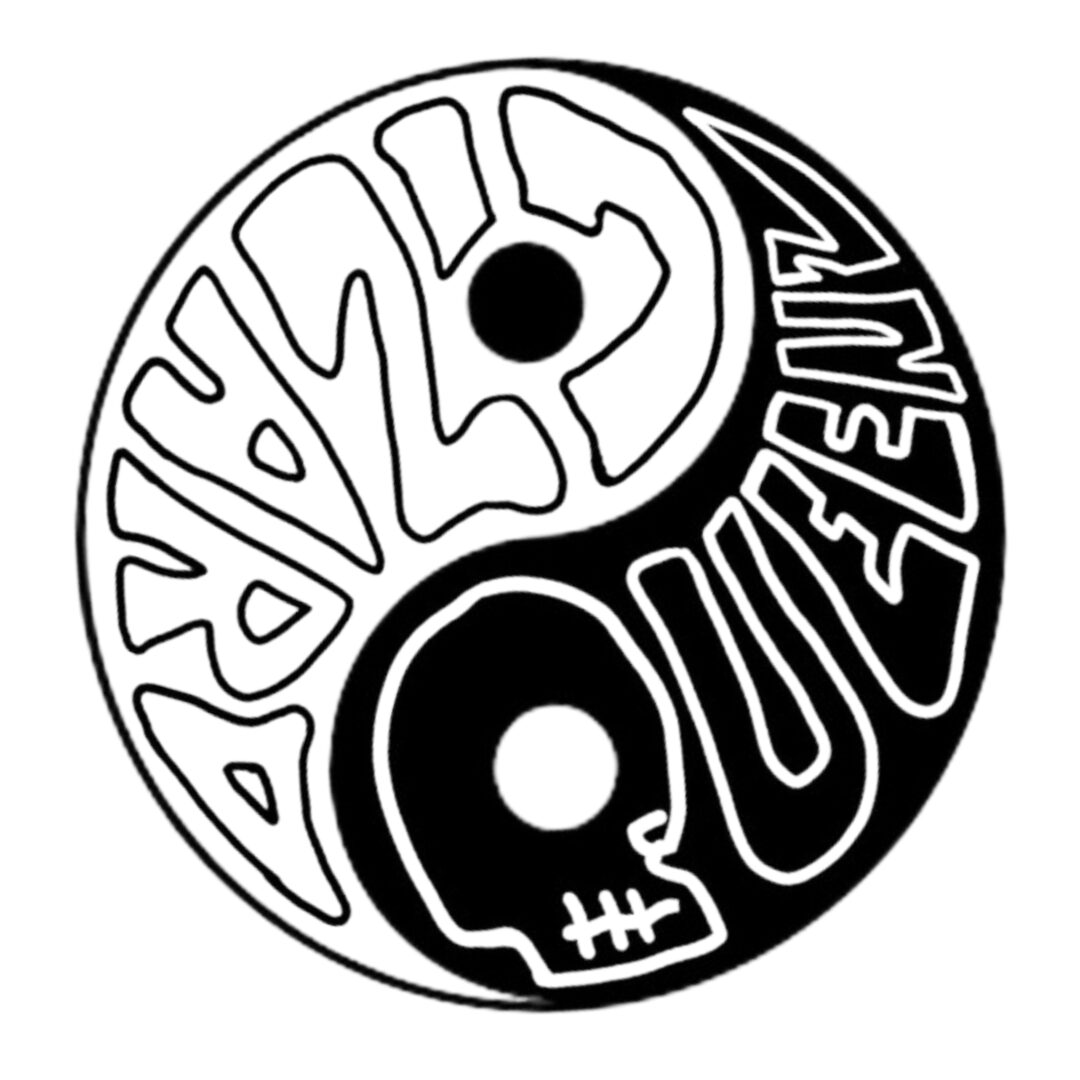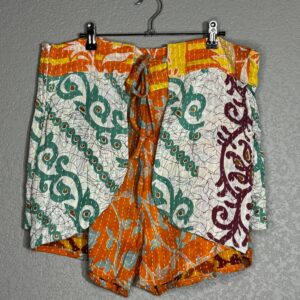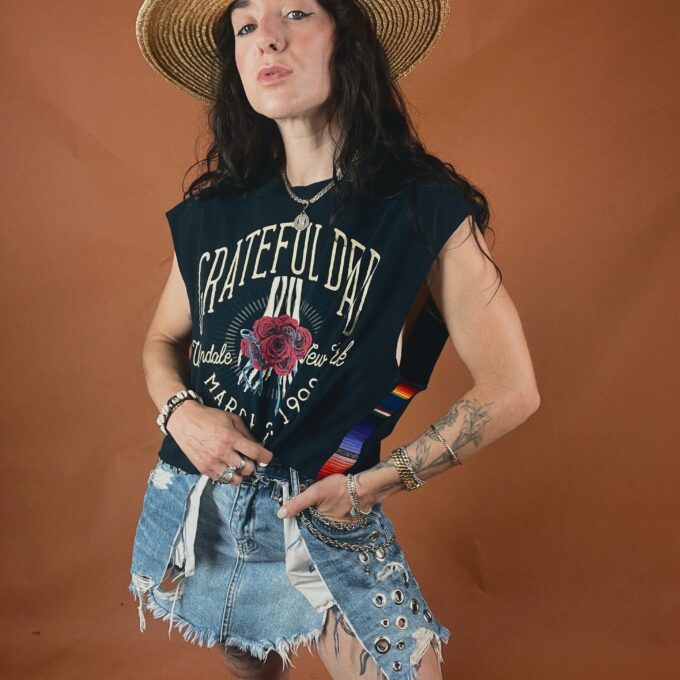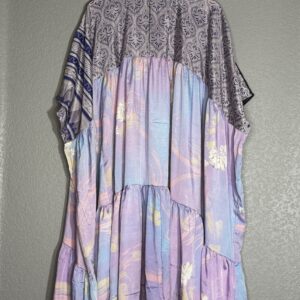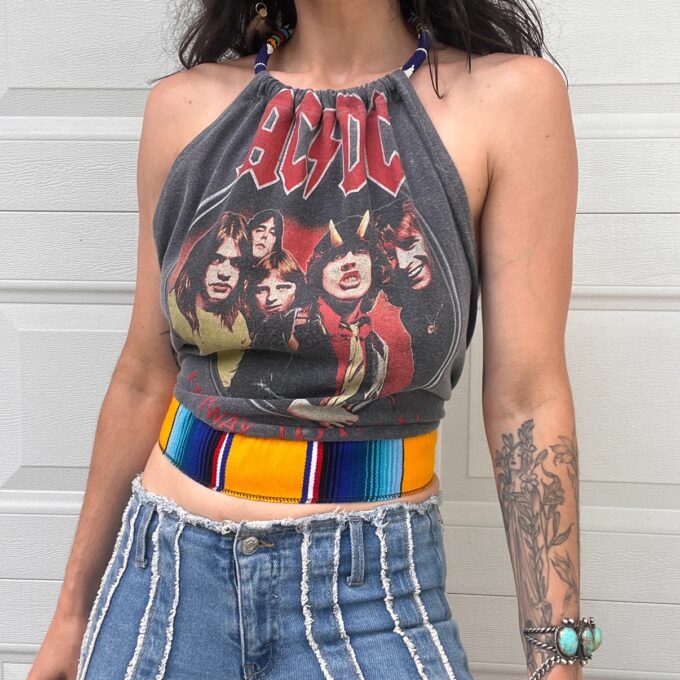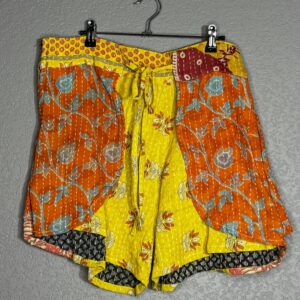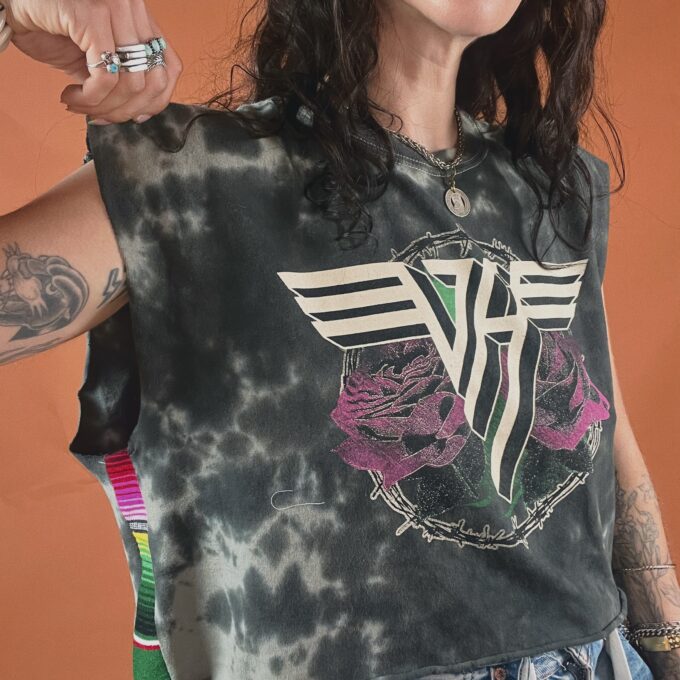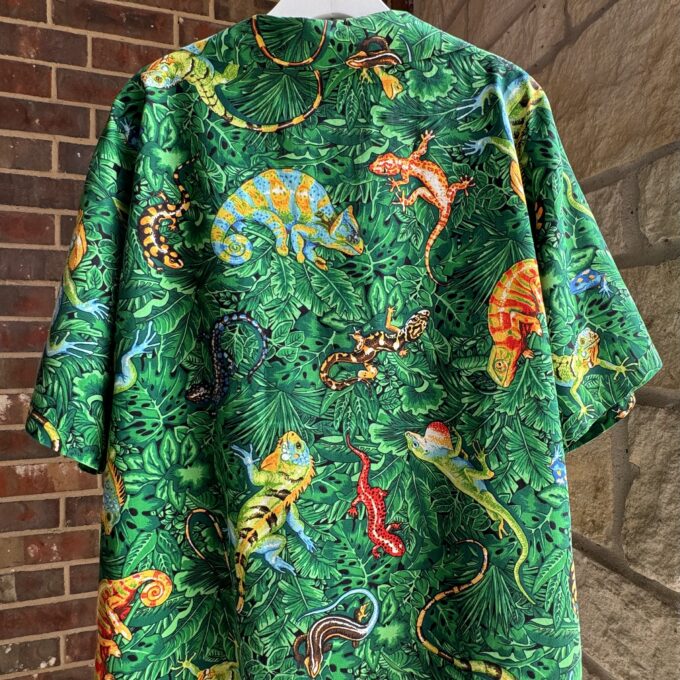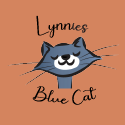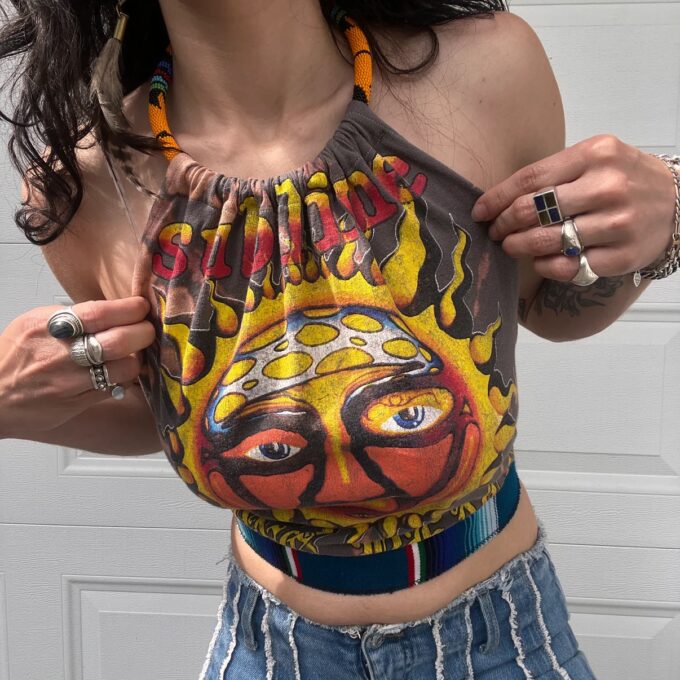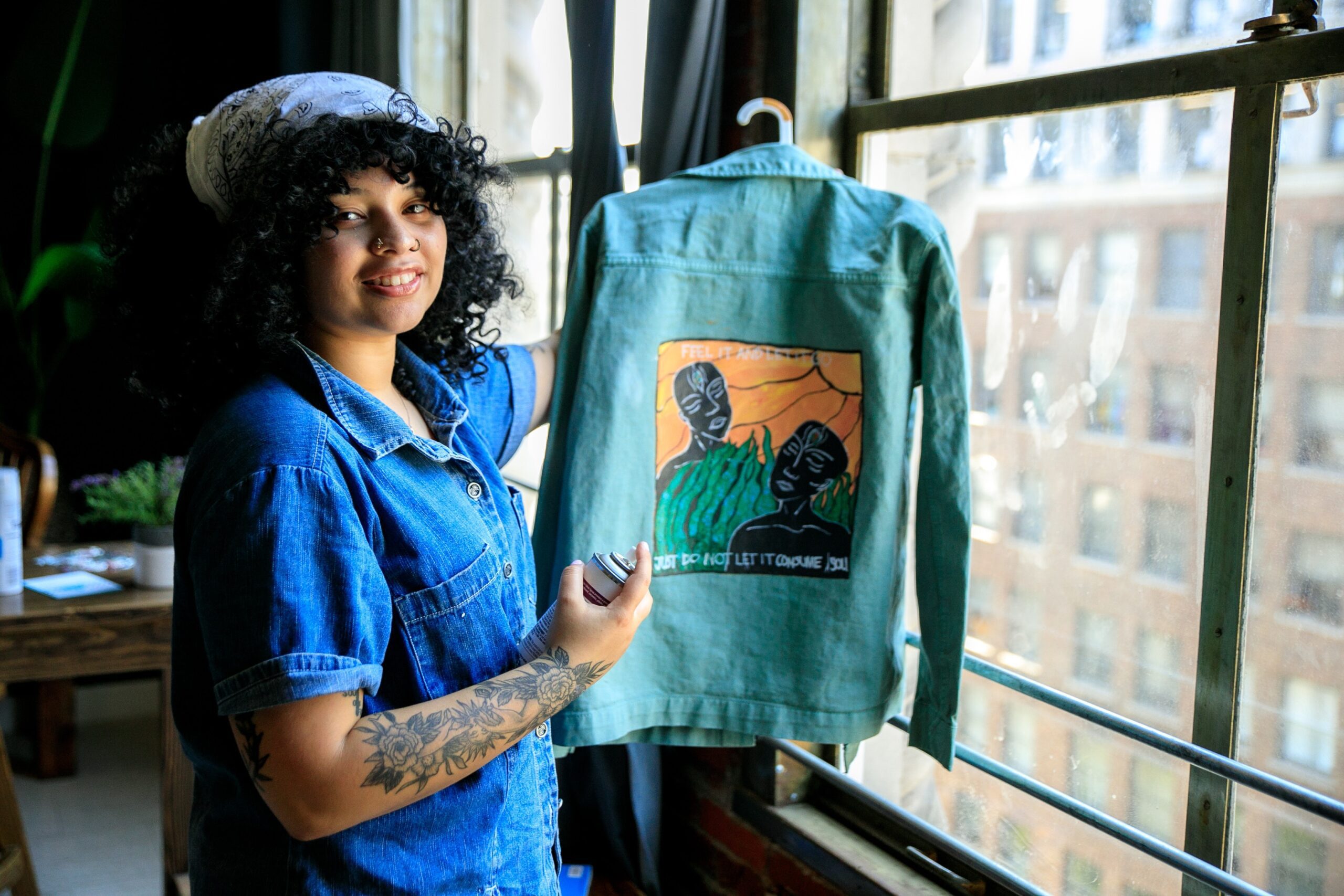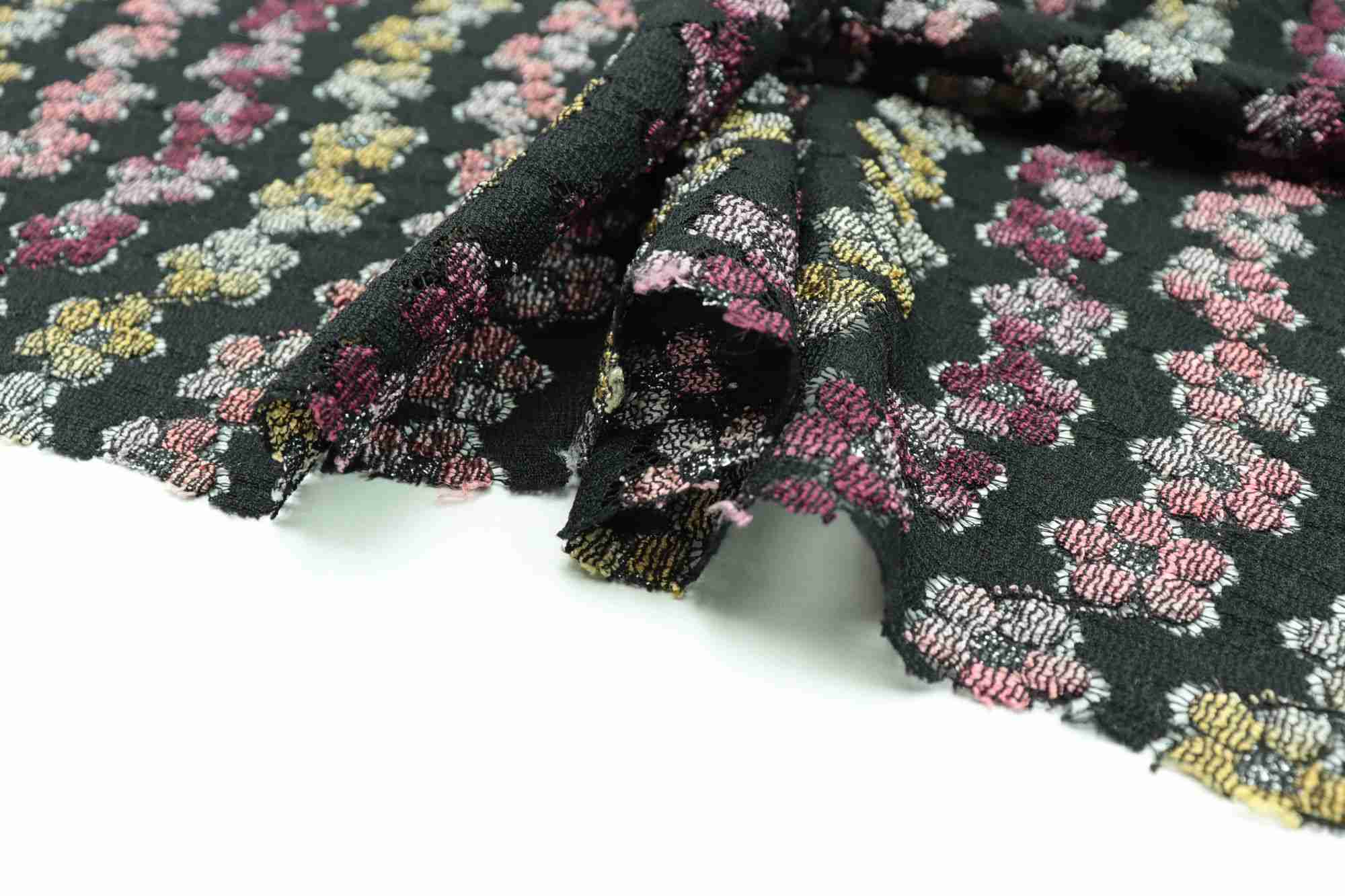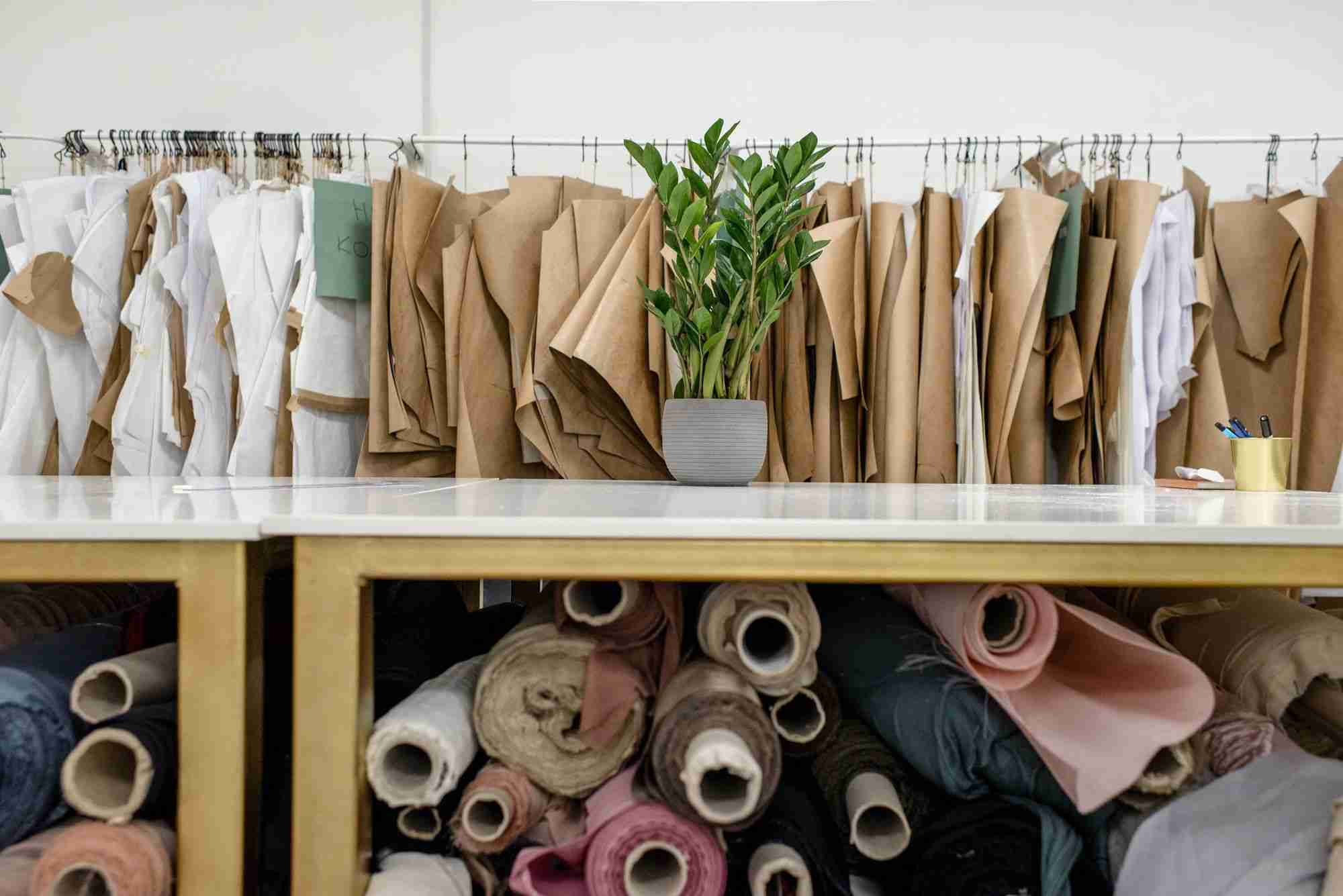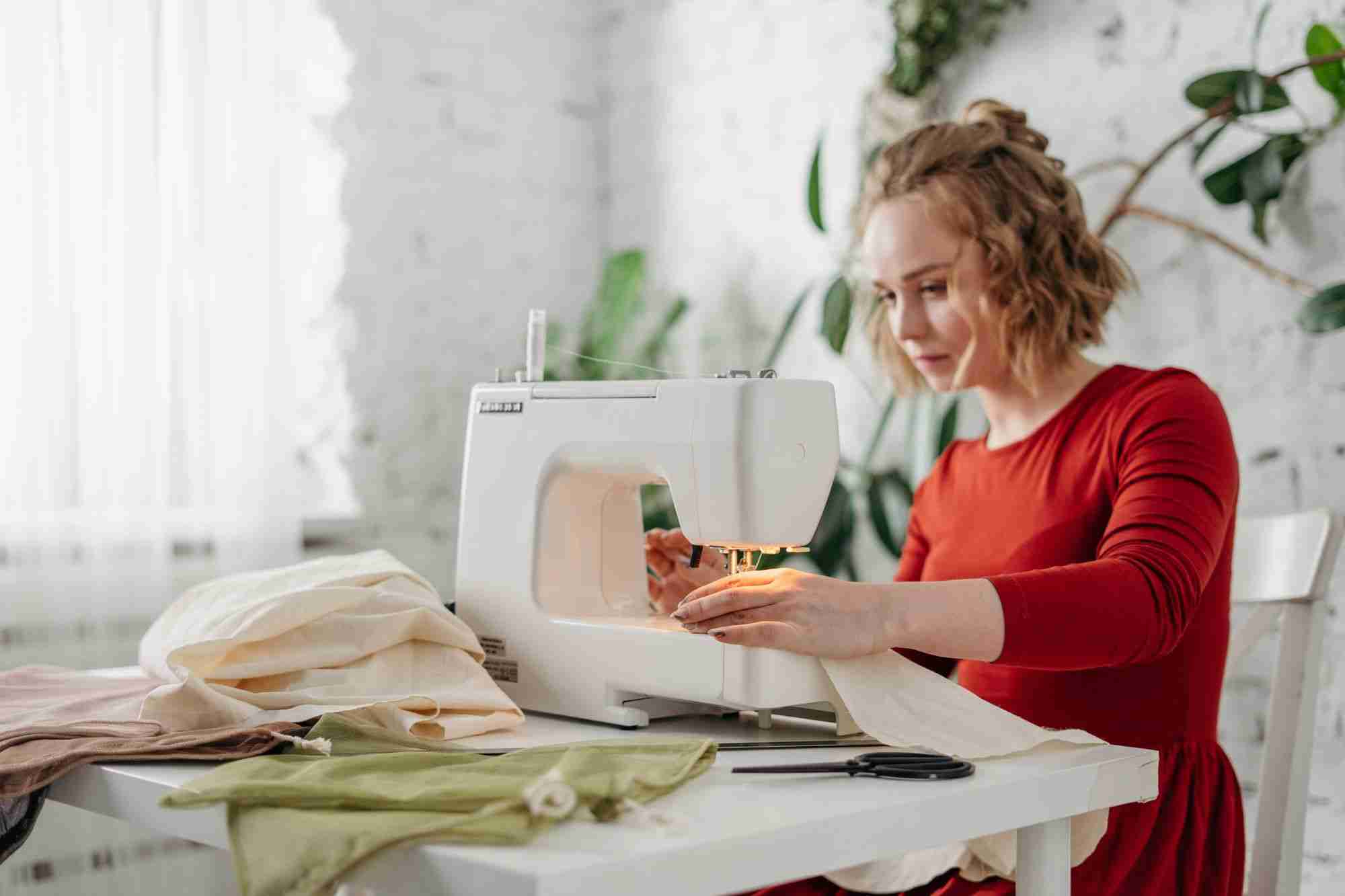The fashion industry is constantly changing, both in terms of what’s in vogue and who’s making it. It can be hard to keep up with all the changes and new developments from season to season, which is why so many aspiring designers give up their dreams of becoming a fashion professional. But by staying informed and learning the tricks of the trade, you can transition into the fashion world much more smoothly than most.
If you have a passion for fashion and are looking for ways to turn that into a career, read on to find out more about transitioning into the fashion industry as a designer. From education and experience to networking opportunities and resume-building tips, this guide covers everything you need to know about becoming an aspiring fashion professional.
Find the Best Way to Learn How to Sew and Fashion Design
First and foremost, it’s vital to learn all you can about the actual design process. The best way to do this is to find a hands-on course where you can actually practice designing and sewing garments.
While there are tons of online courses out there, nothing quite beats the hands-on experience of actually creating your designs. After all, the best designers know their designs inside and out and can create them in their sleep. If you can take part in a fashion design course, even better. You have the chance to get one-on-one feedback from instructors and create pieces you can actually show off in your portfolio.
If you can’t take a course that allows you to actually create garments, at least look into online tutorials and YouTube videos. There are tons of videos out there that teach you everything from designing to sewing techniques.
Do I Have to Go to Fashion Design School to Become a Fashion Designer?
Not necessarily. Most fashion designers didn’t go to school to become designers, but instead learned the ropes on their own. And most schools that offer design programs don’t focus on the industry you’re trying to break into. Instead, they teach students how to design high-fashion styles and runway pieces, which is not what most brands are looking for.
Instead, you should focus on finding a community of designers and individuals who are already working in the fashion industry. This will help give you a better idea of what the industry is like and what designers are currently in high demand. It’s important to remember that even if you have a degree and have gone to fashion design school, there’s nothing stopping you from learning on your own as well.
The Importance of Networking in Fashion
Networking is a key part of every industry, but it’s especially important in fashion. Designers need to know what’s trending, what clients want, and where to source materials. And the only way to get this information is through networking. Fashion design contests, online forums, and meetups are great ways to start networking with other designers. You can also check out designer job boards, like the ones at season-less.
When you’re just starting out, you might find better use of your time getting in front of and networking with more seasoned designers and professionals. This way, you can seek a mentor or advisor who can show you the ropes and share their experience with you if they truly believe in you.
Alternatively, you can also look for forums and groups made up of people at your level. These will help you get your name out there while learning from other aspiring designers at the same time.
Know Your Audience
Before you even begin creating your designs, you have to know your audience. What kind of people buy your clothes? What kind of demographic do you want your clothes to be worn by? Understanding your audience will help you narrow down your design options and create pieces your customers will love. You can get a better idea of your target audience by paying attention to the trends in fashion (see the next section for more on this). You can also run surveys and polls on social media and on your website. This will help you get a better idea of who you’re designing for and what they’re looking for in their wardrobe.
Be Unique in Your Fashion Design
As you’re getting to know your audience, also keep in mind how you want to stand out. What sets you apart from other designers? It can be anything from a specific design style to use of eco-friendly fabrics. Whatever it is, try to incorporate it into your designs. You don’t have to do everything at once, but it’s important to be aware of your strengths and weaknesses. Again, the best way to do this is through networking with other designers. You can also check out online design forums and see what designs and fabrics other designers are using.
Build a Portfolio
Even if you’re currently working as a fashion intern or assistant, you should have a portfolio ready to go. This can be either digital or physical and should showcase your best work. If you’re designing for a brand or company, you’ll want to make sure you get permission before showing any of your work in your portfolio. This is an important part of the fashion design process and can help you find an entry-level job or get noticed by a higher-up designer.
Fashion Design with a Social and Environmental Conscious
Finally, with the ever-changing climate and eco-friendly movements, it’s important to eco-friendly fashion and sustainable fashion. This means making clothes that are eco-friendly and using materials that can be reused or repurposed. You can incorporate this into your designs by focusing on sustainable materials like hemp, linen, and bamboo, or recycled materials. Better yet, try upcycling with used or unwanted fabrics from clothing that has already existed – it’ll allow you to be more creative in your work at the lowest costs when starting out.
The most natural fabrics are made of organic cotton, hemp, and bamboo. These fabrics can be made without pesticides, so they don’t pollute the water supply. Sustainable fabrics are easy to clean, repel pests, and last for years.
Take Care of Yourself
Finally, as you’re getting ready to transition into the fashion industry, it’s important to take care of yourself. This means getting enough sleep and eating healthy and balanced meals. It also means taking any time off you need if you’re feeling overwhelmed or stressed out. Fashion is a high-stress and high-energy job, and sometimes you need to take a step back and refocus your energy.
You can also take advantage of any wellness programs in your area. Many designers participate in yoga and meditation classes, health and wellness seminars, and more to help their lives stay balanced.
Finally, Find a Place to Sell
When you’re just starting out, one of the easiest places to start selling is online. You can try an online marketplace like Etsy, Depop, or RE.STATEMENT, but we highly recommend sustainable fashion designers who upcycle start with RE.STATEMENT because their unique items will stand out and reach an audience faster.
RE.STATEMENT will then also help guide you to next steps as an ecoconscious fashion designer by helping you source materials, scale your production, and build your own brand.
Fashion is a high-pressure industry that can be both rewarding and stressful. But if you love fashion, it’s worth giving it a shot. There are many different ways to transition into the fashion industry, and it can be a rewarding career if you put in the hard work.
